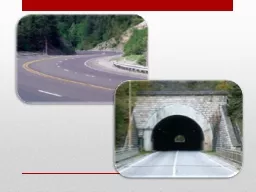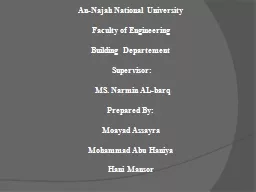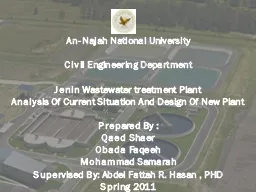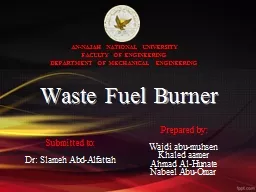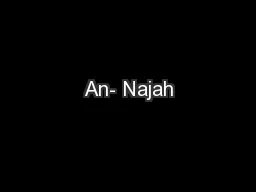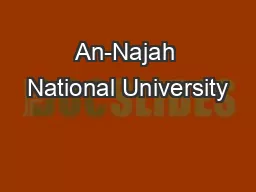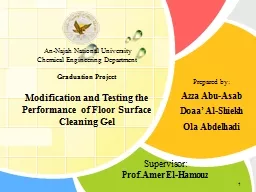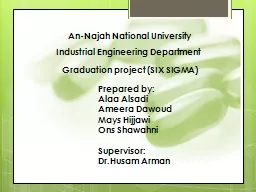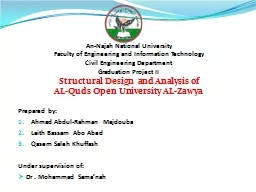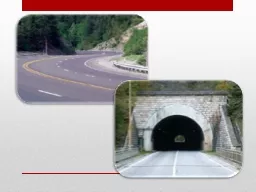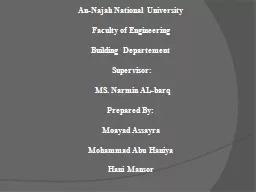PPT-An – Najah National
Author : lindy-dunigan | Published Date : 2016-02-23
University Faculty of Engineering Civil Engineering Department Pavement Design For Bizzarya Deir Sharaf highway Prepared by Akram Awwad Zafer hasson Supervisor
Presentation Embed Code
Download Presentation
Download Presentation The PPT/PDF document "An – Najah National" is the property of its rightful owner. Permission is granted to download and print the materials on this website for personal, non-commercial use only, and to display it on your personal computer provided you do not modify the materials and that you retain all copyright notices contained in the materials. By downloading content from our website, you accept the terms of this agreement.
An – Najah National: Transcript
Download Rules Of Document
"An – Najah National"The content belongs to its owner. You may download and print it for personal use, without modification, and keep all copyright notices. By downloading, you agree to these terms.
Related Documents

